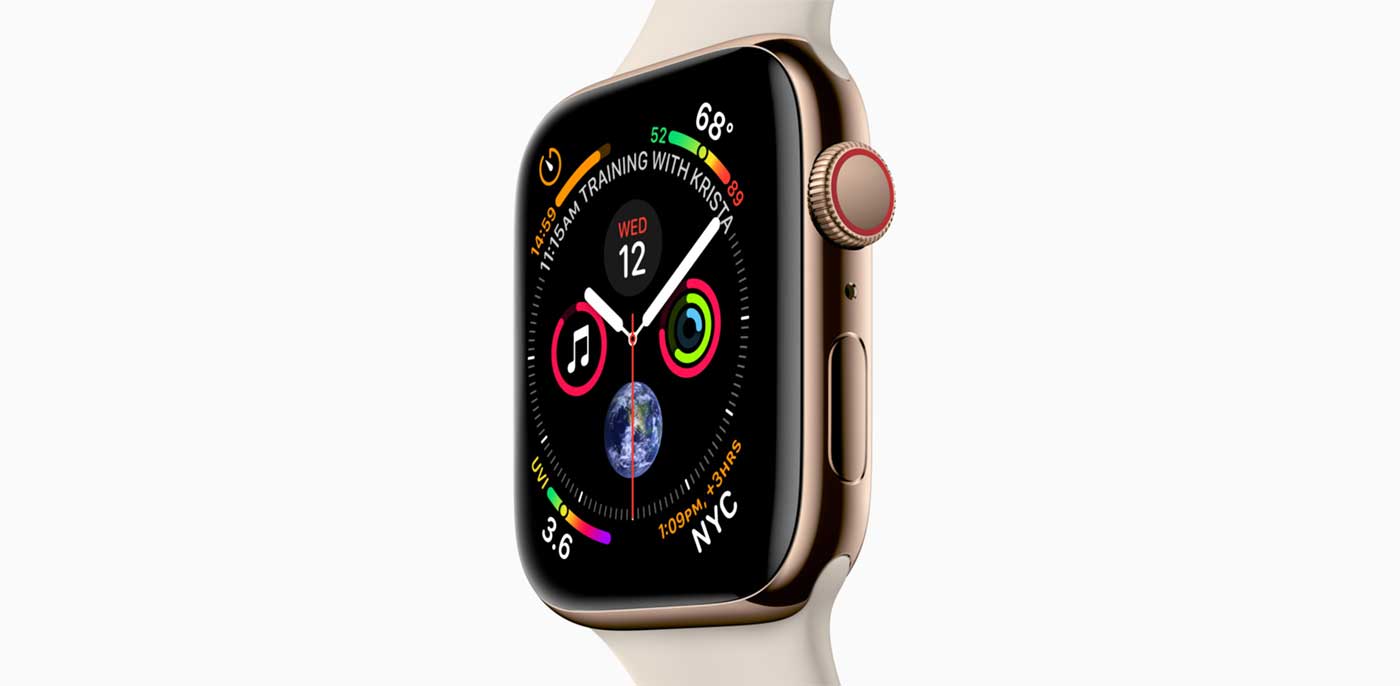Apple says the new Apple Watch Series 4 has been “fundamentally redesigned and re-engineered to help you stay even more active, healthy, and connected.” I’ve spent about a week with my Apple Watch Series 4 and my new iPhone XS Max. Here’s what I’ve learned.

Apple Health
Due to Apple’s commitment to helping you maintain your health and wellness, the Apple Watch Series 4 now has a raison d’être. When coupled with the Apple Health App (included with iOS), the Series 4 goes way beyond the concept of fitness tracker or step counter and enters the realm of purpose-built health/medical/research monitor. Apple’s health and wellness strategy clearly differentiates the Apple Watch (and companion iPhone) from all other devices or combinations of would-be-competitive hardware and software.
New features include a second-generation optical heart sensor which allows the Health app to provide comprehensive heart rate monitoring (it even looks for irregularities like atrial fibrillation). And, coming soon, an ECG app that will generate a 2-lead (one electrode in the watch’s crown, and the other on the back crystal) electrocardiogram you can share with your doctor.
There are several other sensors in the Series 4 including a new and improved gyroscope as well as a new and improved accelerometer which can sense up to 32 g-forces (the Series 3 can only sense up to 16 g-forces). When combined with included software, these sensors know if you fall, know how hard you fell, and ping you to respond that you’re OK. If you don’t respond, the device will call emergency services. The company has a clear disclaimer in the Fall Detection section of the Watch App that says, “Apple Watch cannot detect all falls.”
I have been using the Apple Watch/iPhone combo with Apple Health for a while now and have compiled a fair amount of useful data. I am currently writing some software to help transform raw Apple Health data into actionable insights. I’ll keep you posted.











Leave A Comment